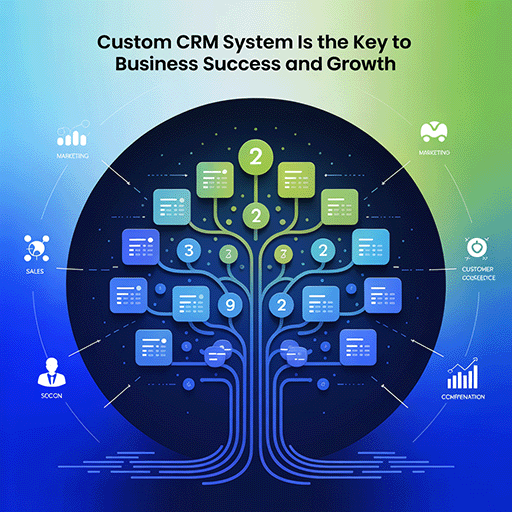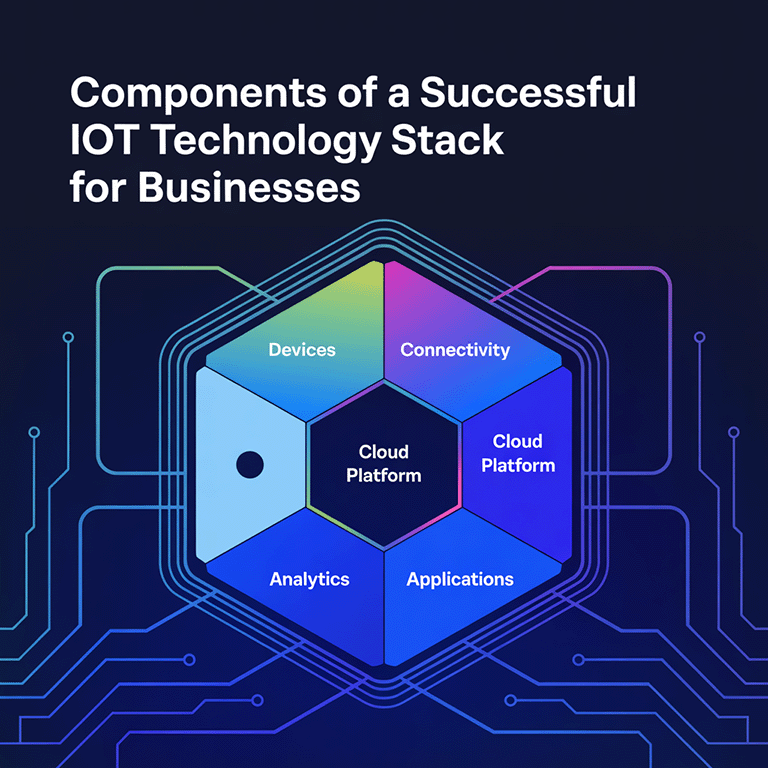Imagine a world where computers understand your jokes, translate languages seamlessly, and even write captivating stories. This isn’t science fiction; it’s the reality driven by Natural Language Processing (NLP), a cutting-edge field transforming how humans interact with machines.
The first chatbot, ELIZA, could simulate conversation in the 1960s. While it wasn’t perfect, it paved the way for today’s sophisticated virtual assistants like Siri and Alexa.
The global NLP market is projected to reach $68.2 billion by 2028. This rapid growth signifies the expanding impact of NLP on various industries.
Intrigued? This comprehensive guide delves into the fascinating world of NLP models, unraveling its secrets, exploring its applications, and preparing you for a future where language and technology are seamlessly intertwined.000000
What is Natural Language Processing (NLP)?
The definition of NLP is simple and complex at the same time. Natural language processing is the discipline that exists at the intersection of linguistics and data science, which also correlates with a number of other fields.
Natural Language Processing can be defined as a subfield of artificial intelligence that leverages AI & ML tools, techniques, and algorithms to understand unstructured natural language data and derive meaning from it.
With significant advancements in information technologies and increases in computational power, NLP has seen its revival. The accessibility of data has provided practitioners with more opportunities to apply natural language processing technologies and extract insights for such industries as healthcare, fintech, banking, marketing, media, and others.
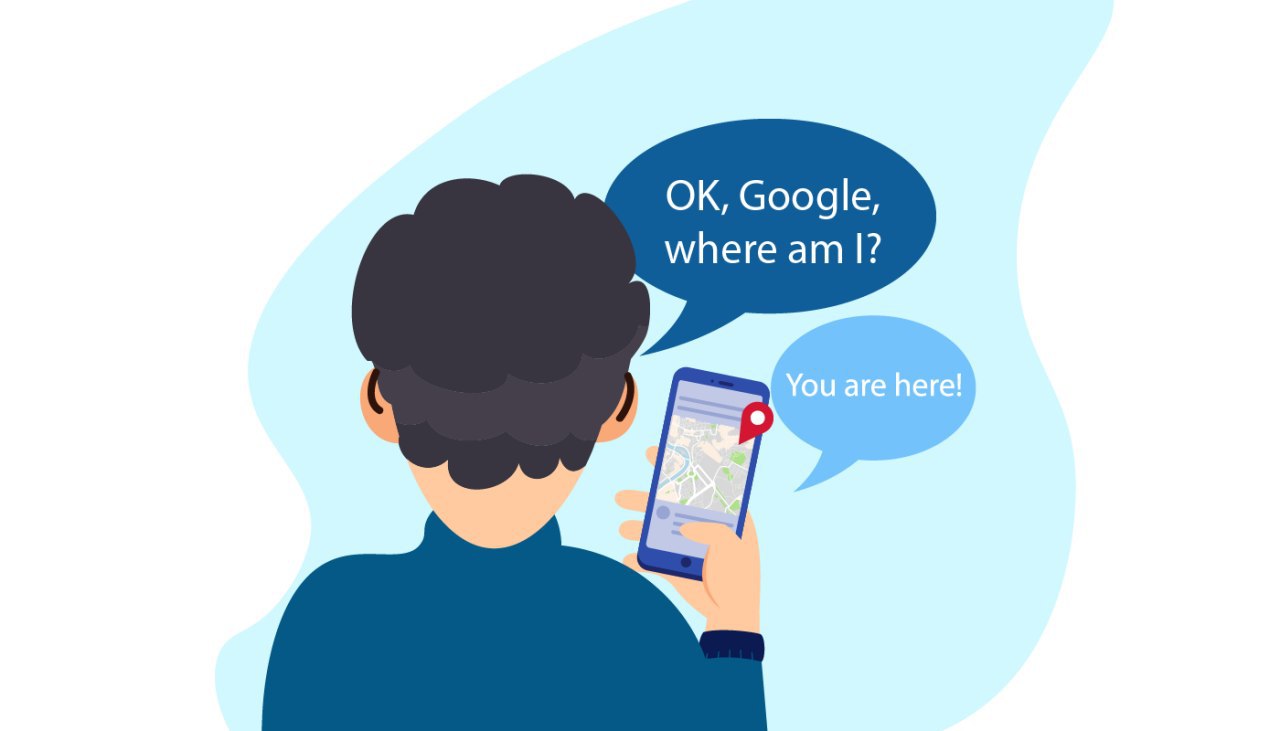
What are the Applications of Natural Language Processing (NLP)?
Natural Language Processing (NLP) extends its reach across numerous domains, impacting our daily lives in various ways. Here’s a glimpse into some of its prominent applications:
- Language Translation:
Ever used Google Translate to bridge the language gap? NLP powers these tools by analyzing vast amounts of translated text, identifying patterns and relationships between words, and continuously improving translation accuracy and fluency. When companies need to translate full apps, websites, or product content for different regions, a localization platform steps in to keep everything organized handling translations, updates, and region-specific tweaks without slowing down launches or breaking the user experience
- Chatbots and Virtual Assistants:
From Siri responding to your questions to chatbots handling customer service inquiries, NLP empowers these virtual companions to understand user queries, engage in natural conversation, and even learn and adapt over time.
- Sentiment Analysis:
Businesses and organizations leverage NLP models to analyze the emotions and opinions expressed in text data, such as social media posts or online reviews. This allows them to gauge customer sentiment, identify trends, and make informed decisions.
- Text Summarization:
Currently, there are many services that use generative AI to create texts, but the work does not end there. NLP algorithms can condense lengthy documents or articles into concise summaries, extracting key points and facilitating efficient information processing. Imagine quickly grasping the essence of a research paper or news article – NLP makes it possible!
- Machine Writing:
From generating realistic dialogue for chatbots to composing creative content formats like poems or scripts, NLP is making strides in the realm of machine writing. While still under development, this application has the potential to revolutionize various fields.
- Search Engine Optimization (SEO):
NLP models help search engines understand the meaning and context of web pages, allowing them to deliver more relevant results to user queries. This with technology like AI makes websites more discoverable and improves the overall search experience.
- Spam Filtering:
NLP algorithms play a crucial role in identifying and filtering out spam emails and messages. By analyzing the content and characteristics of emails, they can significantly reduce unwanted messages cluttering your inbox.
Steps in Natural Language Processing
Whether you’re a tech enthusiast trying to interpret the meaning of NLP or an entrepreneur searching for ways to boost your business, this guide is certainly for you. We will guide you through the process of natural language processing, outline its main steps, and expand on where to start if you want to get the best out of data science solutions.
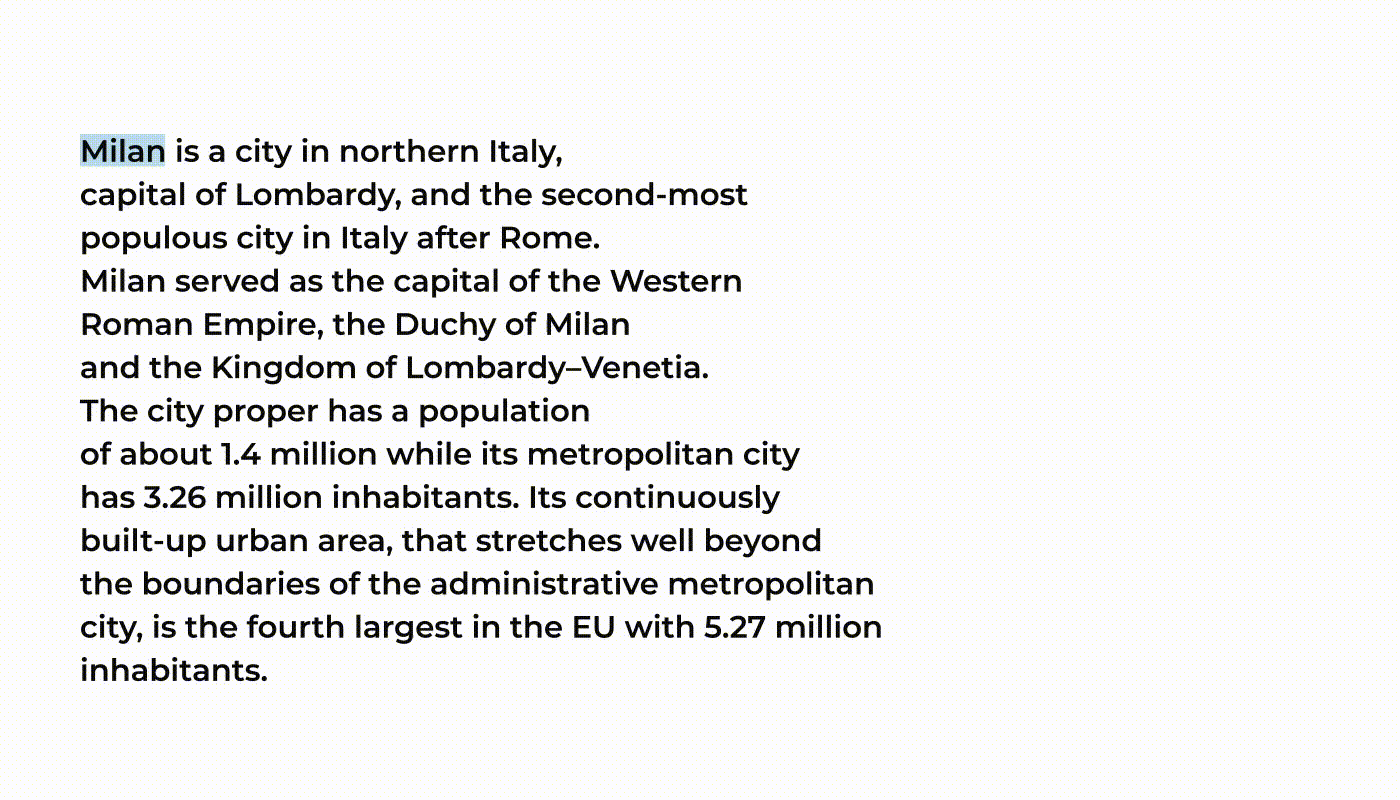
If we run through the NLP basics, there are 7 basic NLP steps you need to undertake to help your computer understand natural language:
- Sentence Segmentation
- Word Tokenization
- Text Lemmatization
- Stop Words
- Dependency Parsing in NLP
- Named Entity Recognition (NER)
- Coreference Resolution
Sentence Segmentation
The first step in natural language processing is to split sentences into separate objects. This stage is pretty easy. A smart AI algorithm screens the data sets and defines punctuation marks. Each time it notices a period, it considers the sentence finished and separates it from the whole text. This stage is important as it allows the NLP model to derive the meaning of the sentence and then get down to the analysis of the whole paragraph.
Breaking the text into sentences can be a piece of cake when data comes in a more or less structured format. However, the information might be presented without punctuation marks or lack other elements of the text. In such cases, data scientists apply complex techniques to identify meaningful parts.
Word Tokenization
Once you have your text broken into sentences, then it’s time to separate words and determine their parts of speech. In English, this is easy to do by identifying spaces between the words or tokens. Interestingly, punctuation marks are also considered separate tokens as they carry certain meanings and can change the whole idea of the text.
The next step in NLP is to look at each token separately and define its part of speech. AI algorithms analyze each word and apply a certain set of criteria to categorize it into adjectives, nouns, verbs, etc. This will help NLP model the role of each token in the sentence or text.
For this purpose, a pre-trained parts-of-speech classification model is used. This model has been trained by processing millions of English texts previously tagged and marked to provide the algorithms with essential data. It analyzes large data sets, which helps it to develop statistics that are further used to define which part of speech a word belongs to.
Text Lemmatization
Most texts and sentences contain root words as well as words with different grammatical forms. Natural language processing is used here to help the machine identify meaning and categorize these words. For instance, you might see the words “population” and “populated” in the same text. Although they belong to different parts of speech, the meaning of these words is quite similar.
NLP models are applied here to figure out the “lemma” of each token, which is the basic form of each word. This step helps an AI system understand the central concept of the text.
Stop Words
The next essential step in natural language processing is to identify stop words and filter them out before decoding the central meaning of the text. Each language has a number of linkers and “filler” words that do not add any extra meaning to the text, but they appear frequently in speech or in a casually written text.
Such objects might produce a kind of noise that will hinder an NLP system from deriving insights from the data. Thus, NLP pipelines usually mark these tokens as “stop words” and skip them when analyzing your text or any other piece of data.
Dependency Parsing in NLP
Dependency parsing is what data scientists do next in NLP. Their primary task at this stage is to discover the relations between all the words in a text. For this reason, NLP model algorithms build a parse tree that defines the root word in the sentence and bridges the gap between other tokens. They may also define a parent word for each token to gain more insight and subsequently to understand the core concept.
Named Entity Recognition (NER)
Once we have a detailed structure of the sentence, known as a parse tree, we can delve into Named Entity Recognition (NER). This exciting step involves identifying and classifying important elements within the text, like people, places, or organizations. It’s like connecting the dots between words and real-world objects.
In our example sentence, “Milan” and “Italy” are recognized as locations, while “Western Roman Empire” is identified as a historical entity.
Coreference Resolution
After we’ve finished Named Entity Recognition, we have plenty of information at our fingertips: we’ve split the text into sentences and words, derived their meaning, and even built relations between the main objects in the text.
However, we still have one obstacle that prevents our NLP model from a complete understanding of the natural language. Each language has many entities, such as pronouns and other parts of speech, that may relate to another word in the sentence and expand its meaning. Coreference resolution is performed to cluster all mentions in the text that refer to a real-life concept or entity. Thus, an NLP model will understand what words like “he,” “its,” or “thus” refers to.
To better understand how coreference resolution functions, you can go to this Hugging Face resource and play with the texts a bit.
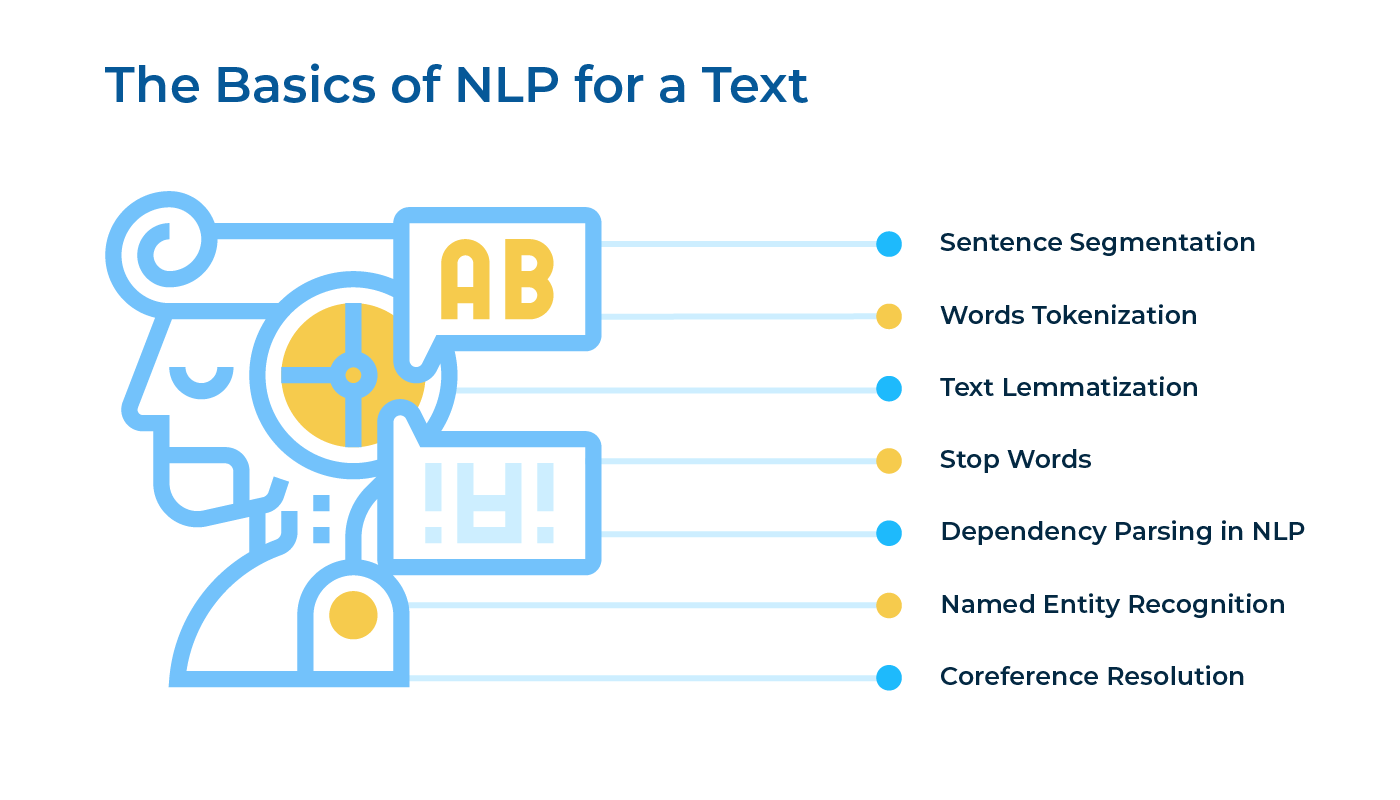
This was a complete overview of natural language processing and the basic steps data scientists undertake to derive meaning from the text or any other piece of unstructured data. Once you feel you understand the process, let’s look into how you can apply NLP models in your niche!
Where is Natural Language Processing Applied?
Chatbots
Without NLP, chatbots won’t deliver any value to its users. It is a smart NLP model that allows the chatbot to understand your greeting and reply to you when you send a message. Businesses across all domains utilize chatbots to improve customer experience and analyze clients’ feedback.
Sentiment Analysis Software
Have you ever wondered how your customers feel when they use your service? That is exactly where sentiment analysis systems come in handy. This software is applied to interpret and classify emotions based on available text abstracts, comments, etc.
Marketing
Natural language processing has the potential to strengthen your marketing efforts and boost its efficiency. Starting with simple chatbots and moving to smart AI copywriters generating slogans, NLP models make the lives of marketers easier.
Banking
If you conduct quick research, you’ll find out that there are plenty of vendors selling NLP solutions to banks. AI software can help banking institutions mitigate risks, automate business processes, or check the quality of customer services.
Fake News Detection
The rapid rise in the popularity of social media platforms has not only fostered communication between various social groups but has also triggered the spread of fake news. NLP systems are frequently applied to detect fake information and provide statistics on its exposure.
Healthcare
Natural language processing has opened up a bunch of opportunities for healthcare providers. NLP models currently help medical workers process patient data, improve the quality of medical care, identify patients who need special care, and provide sufficient support to people with disabilities.

Final Note
Natural language processing has proven itself to be the breakthrough that many businesses have desired for years. With smart NLP models, you can get rid of tedious work, improve your customer service, and boost performance. Reach out to LITSLINK, and our team of experienced data scientists will analyze your request and come up with the best solution to empower your business!


